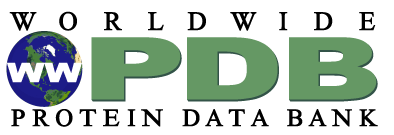3D Print: Hemoglobin
Download curated files for 3D printing.
3D Model Information

PDB structure used to generate the model file: 4hhb
Model generated with: MolecularMaya/Autodesk Maya
Model physical size (in mm): 71.6 x 62.3 x 57.9
Download 3D Print File (.stl)
Additional Models: Heme ligand
Model generated with: MolecularMaya/Autodesk Maya
Model physical size (in mm): 8.2 x 18.1 x 15.8
Additional: Each hemoglobin subunit contains one heme molecule. Print this model 4 times to assemble the complete structure.
Download 3D Print File (.stl)Sample print


Printed on: Ultimaker S3
Model material: PLA
Support material: PVA (water soluble)
Output scale: 100% for hemoglobin, 85% for heme to create an offset for fitting parts
3D Print and Structural Features of Hemoglobin

Image 1

Image 2

Image 3
Hemoglobin transports oxygen in our blood. The protein changes shape based on its oxygenation state with this model (PDB structure 4hhb) capturing the oxygen-free state. PDB structure 3A0G is an example of oxygenated hemoglobin.
Hemoglobin comprises four chains, 2 alpha and 2 beta. The model features distinctive ridges that allow for easy identification of these chains. The alpha subunits were hand-painted in darker red on the model. Each subunit contains a pocket to hold one heme (Image 1).
The heme is a ring-shaped molecule that binds oxygen to its central iron atom. In the example shown, each of the heme molecules was modeled using a piece of pipe cleaner and a 5 mm melty bead to represent the iron (Image 2).
A file for printing the hemes is provided, but the pipe cleaner models are easier to put in and out for demonstrations (Image 3).



